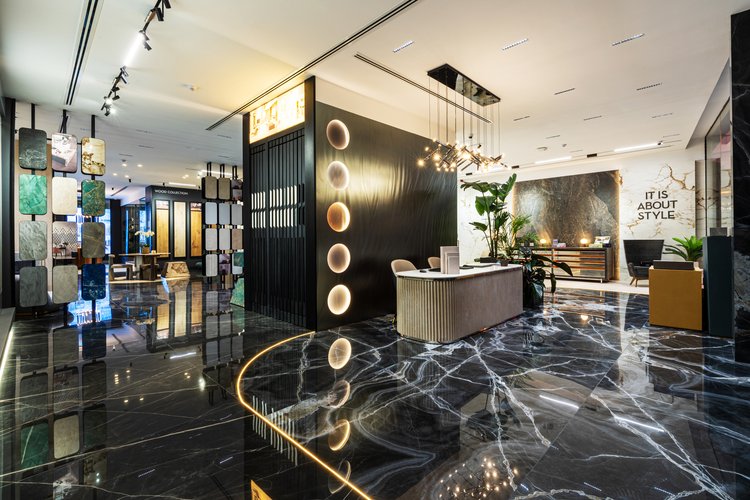
Color plays a key role in furniture design, significantly influencing the overall aesthetic and ambiance of a space. The right color choices can improve a room’s style, evoke emotions, and even alter perceptions of space. Understanding the impact of color in furniture in Dubai design can help you make informed decisions that align with your vision for your home.
Setting the mood:
Different colors evoke different emotions and moods. For example, warm colors like red, orange, and yellow can create a sense of warmth and energy, making them suitable for lively spaces such as living rooms or dining areas. These hues encourage social interaction and can make a space feel more inviting. Instead, cool colors like blue, green, and purple promote calmness and relaxation, making them ideal for bedrooms and personal retreats. Understanding the emotional response associated with various colors can guide you in choosing furniture that complements the desired atmosphere in each room.
Improving space perception:
Color can also affect how we perceive space. Lighter colors, such as soft whites, pastels, and light grays, can make a small room feel larger and airier. This is particularly beneficial in compact spaces where increasing the sense of openness is essential. Conversely, darker colors can create a sense of intimacy and warmth, making larger rooms feels cozier. When selecting furniture, consider how the color will influence the perception of the room’s size and overall layout.
Complementing interior design styles:
Color is a vital element in achieving a cohesive interior design style. Whether you prefer modern, traditional, or eclectic aesthetics, the color of your furniture should align with the overall theme. For instance, minimalist designs often incorporate neutral color palettes to maintain a clean and uncluttered look, while bohemian styles embrace vibrant, rich colors and patterns. Using colors that harmonise with your chosen style can elevate the overall design and create a unified look throughout your home.
Personal expression:
Choosing furniture colors is an opportunity for personal expression. Your color choices can reflect your personality and taste, making your space feel uniquely yours. Don’t hesitate to experiment with bold and unconventional colors to showcase your individuality. Accent pieces, such as chairs, cushions, or side tables, can provide a splash of color without overwhelming the space.
Trends and timelessness:
While trends can influence color choices in furniture design, it’s essential to consider timelessness as well. Popular colors may shift from season to season, but classic colors like navy blue, forest green or neutral tones tend to endure. Investing in furniture that combines trendy colors with timeless designs can ensure that your space remains stylish for years to come.